With the start of fall, so too arrives September’s Asia Week in New York with nearly a dozen prominent Japanese and Chinese specialists – all members of the Asia Week New York Association – mounting their special exhibitions, which coincide with the major auction house sales slated from September 14 through 19.
The line-up is as follows:
| With The Grandeur of Japanese Ceramics, Part II, Dai Ichi Arts Ltd. at 18 East 64th Street, continues to explore ceramics from a wide range of modern and contemporary artists, with an emphasis on female artists. Over the last half-century, women have risen from sidelined positions to take their place alongside men as stars of the ceramic world. These pioneers paved the road and gave voice to the voiceless . Among the featured artists are: Tsuji Kyo, who had to change her name to hide her gender in order to be accepted in official competitions; Matsuda Yuriko, who was only allowed to use a gas kiln, since her female presence would defile the sacred wood-burning kiln. Her work thrived despite this, and her hand-worked porcelain pieces explore traditional Japanese subjects such as views of Mount Fuji and her own garden. Osaka native Mishima became the first conceptual artist to use clay as a medium. | |
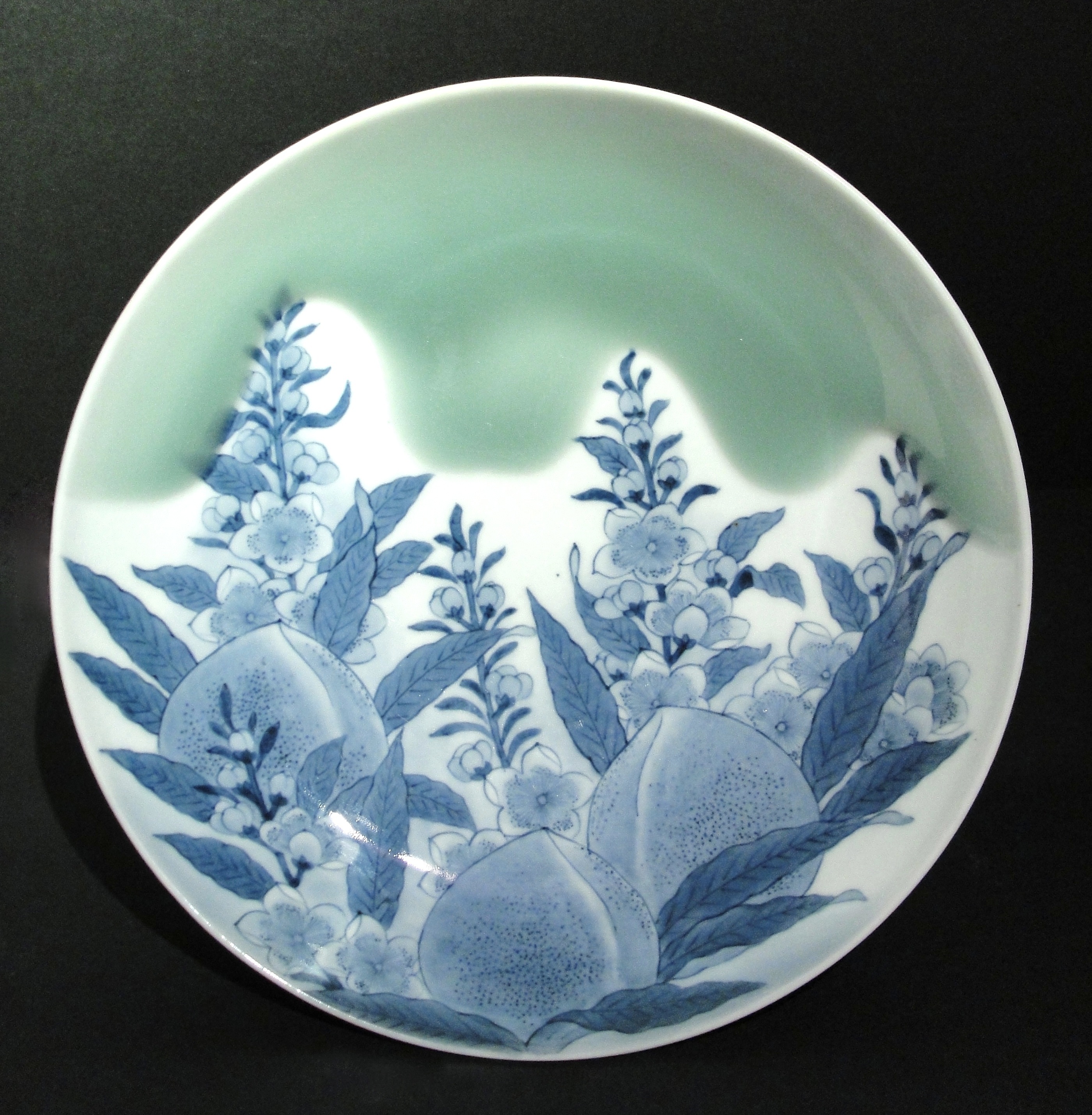 |
Carole Davenport, at 131 East 83rd Street, will present Recent Noteworthy Acquisitions, from September 12 to 19. Highlights include a fine Nabeshima porcelain of the 18th century, made for a daimyo, (identical example on view at the Metropolitan Museum) and a rare Shinto sculpture depicting ShoKannon from the Kamakura-Nambokucho era, 13-14th century, as well as a fine screen of falcons on their perches, a favorite subject of shoguns, Edo period, 19th century. |
 |
In a slight departure from his usual collection of Chinese furniture and scholars' objects, Nicholas Grindley will showcase the work of Hang Chunhui, the contemporary artist’s first exhibition in the United States, at Hazlitt’s, 17 East 76th Street, from September 14 to 25. Hang Chunhui’s work is best described as contemporary gongbi (meticulous style) painting. Considered China’s most conservative brush technique, the gongbi painting combines fine lines with multiple layers of both ink-shadings and colors. Historically the gongbi method has been used to realistically depict figures or bird and flower subjects, but he infuses a new possibility into the gongbi style by representing traditional Chinese painting, as well as Western subjects, with a contemporary twist. |
 |
Visitors who attend Safari, an exhibition of paintings and works of art on view at Kaikodo at 74 East 79th Street, from September 12 to October 30, will experience the wonders of being on safari without leaving the comfort of an Upper East Side gallery. A rhino, an owl, a pride of lions, pheasants, tigers, and cranes are among the creatures that have been corralled in bronze, ceramic and painting by artists of China and Japan and await the adventuresome traveler in New York. |
 |
J. J. Lally & Co., 14 East 57th Street, Early Chinese Wares: The Ronald W. Longsdorf Collection. Porcelain as we know it today—high-fired white ceramics—was first produced in China more than 1300 years ago. It was highly prized as a luxury product and soon became famous and sought after all around the world. In every kingdom of Europe and the Middle East attempts to match the fine white porcelains of China met with failure. China’s monopoly on porcelain production lasted 1000 years—until the 18th century. The Longsdorf Collection spans the golden age of early Chinese white wares with examples from the Sui dynasty (A.D. 581-618) through the Song Dynasty (A.D. 960-1279). |
 |
Joan B. Mirviss Ltd., 39 East 78th Street features Form in Motion: Sculpture by Fujikasa Satoko, from September 10 to October 9. Though only in her thirties, Fujikasa Satoko has received international attention and acclaim for her captivating sculptures that seem to dance off the surfaces on which they stand. They appear to be made of the lightest gauze fabric, being swirled and swept up as if being caught in gusts of wind or swelling eddies. They all capture glimpses of nature’s most vivacious movements, creating a synergy between the solidity of clay and intangible forces. Fluid and dynamic, Fujikasa’s sculptures are handbuilt by using thin coils of the highly desirable, coarse and pliable clay of Shigaraki. Since completion of her graduate degree in 2011 at the prestigious Tokyo University of the Arts, ten of her major works have entered the collections of prominent museums in Japan, France and the United States, including the Metropolitan Museum of Art and Musée Cernuschi in Paris, where they remain on continuous view. This exhibition sold out one month before even opening to the public. |
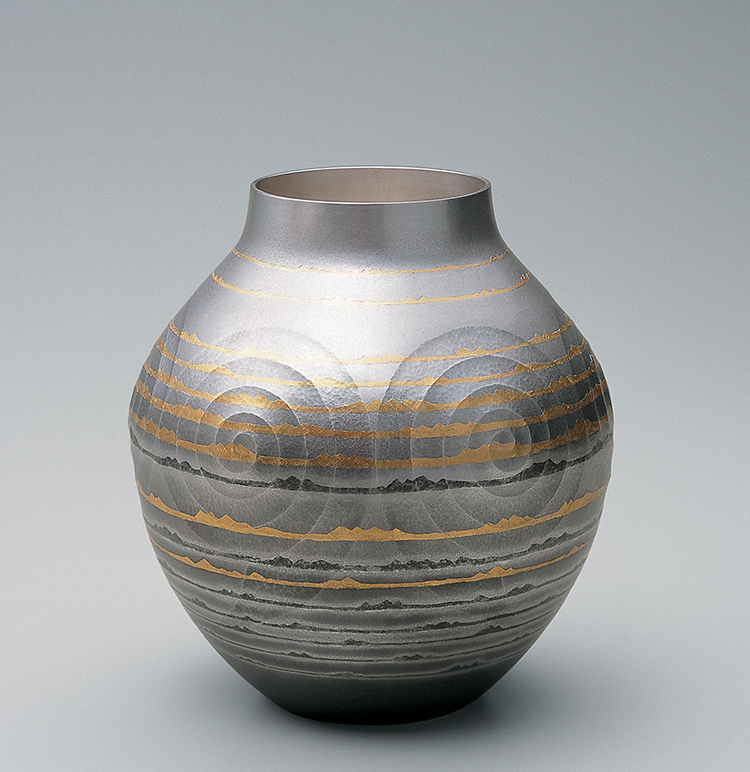 |
Onishi Gallery, 521 West 26th Street, from September 18 to October 17, brings together the work of five master-level artists who have been designated Living National Treasures by the Japanese government. Unparalleled in their craft, these artists have not only gained mastery over their chosen media, but their contributions are so significant that they constitute intangible cultural properties. Carrying on techniques that have been passed down through their families for generations, many have not only preserved important cultural traditions, but have found new ways to interpret them. |
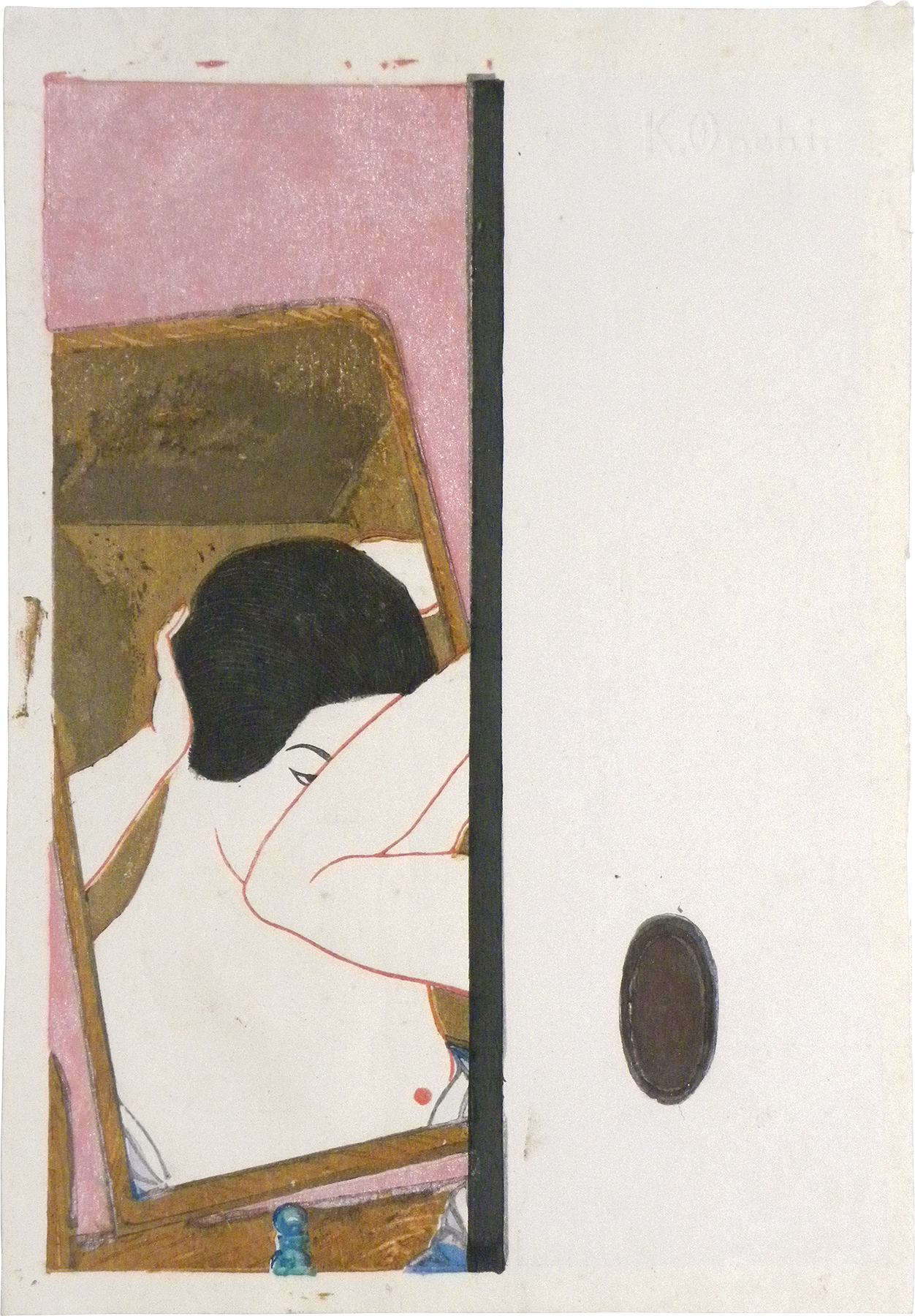 |
Scholten Japanese Art, 145 West 58th Street, marks its 15th anniversary in New York with a special presentation, 2015: 20th Century Japanese Prints & Paintings, the 15th Anniversary Exhibition, from September 10 to 18. This exhibition will focus on one of Scholten’s primary interests: exploring the intertwining development of Japanese woodblock prints from the early to mid-20th century by artists who designed shin-hanga (lit. new prints) and sosaku-hanga (lit. creative prints). This theme is particularly fortuitous this year, which is also considered to be the 100th anniversary of the birth of shin hanga. |
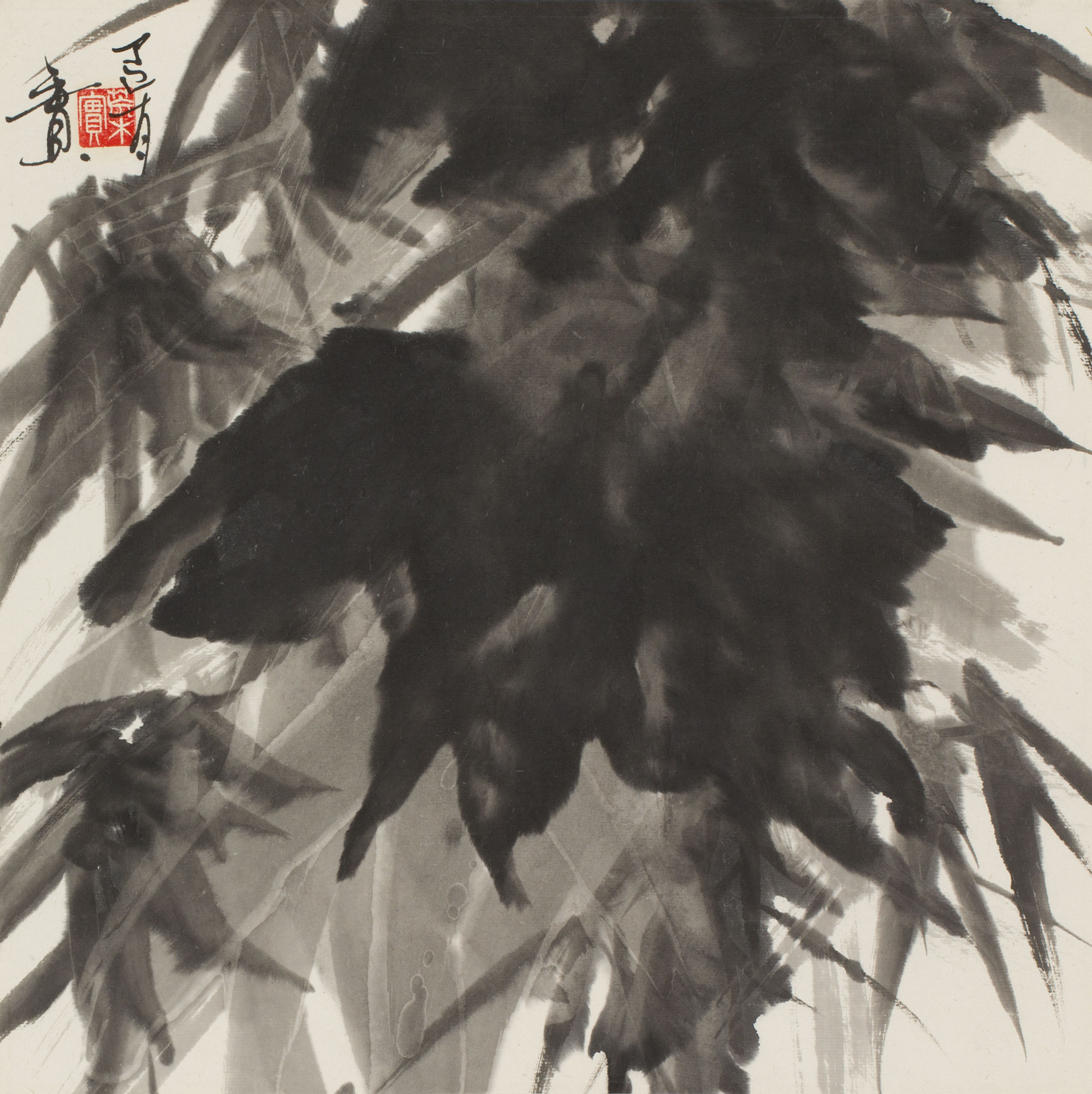 |
The Erik Thomsen Gallery, 23 East 67th Street, presents Nature In Ink, from September 10 to November 2, which features 30 paintings by the celebrated Japanese artist Minol Araki. An industrial designer, the artist rarely exhibited during his lifetime and was an unusual twentieth-century adherent to the Chinese and Japanese literati tradition, which regarded artists as intellectuals. With his masterful use of ink and his influences from China and Japan, Araki’s paintings have found homes in 15 museums including The Metropolitan Museum of Art, the Art Institute of Chicago, and the Asian Art Museum in San Francisco. |
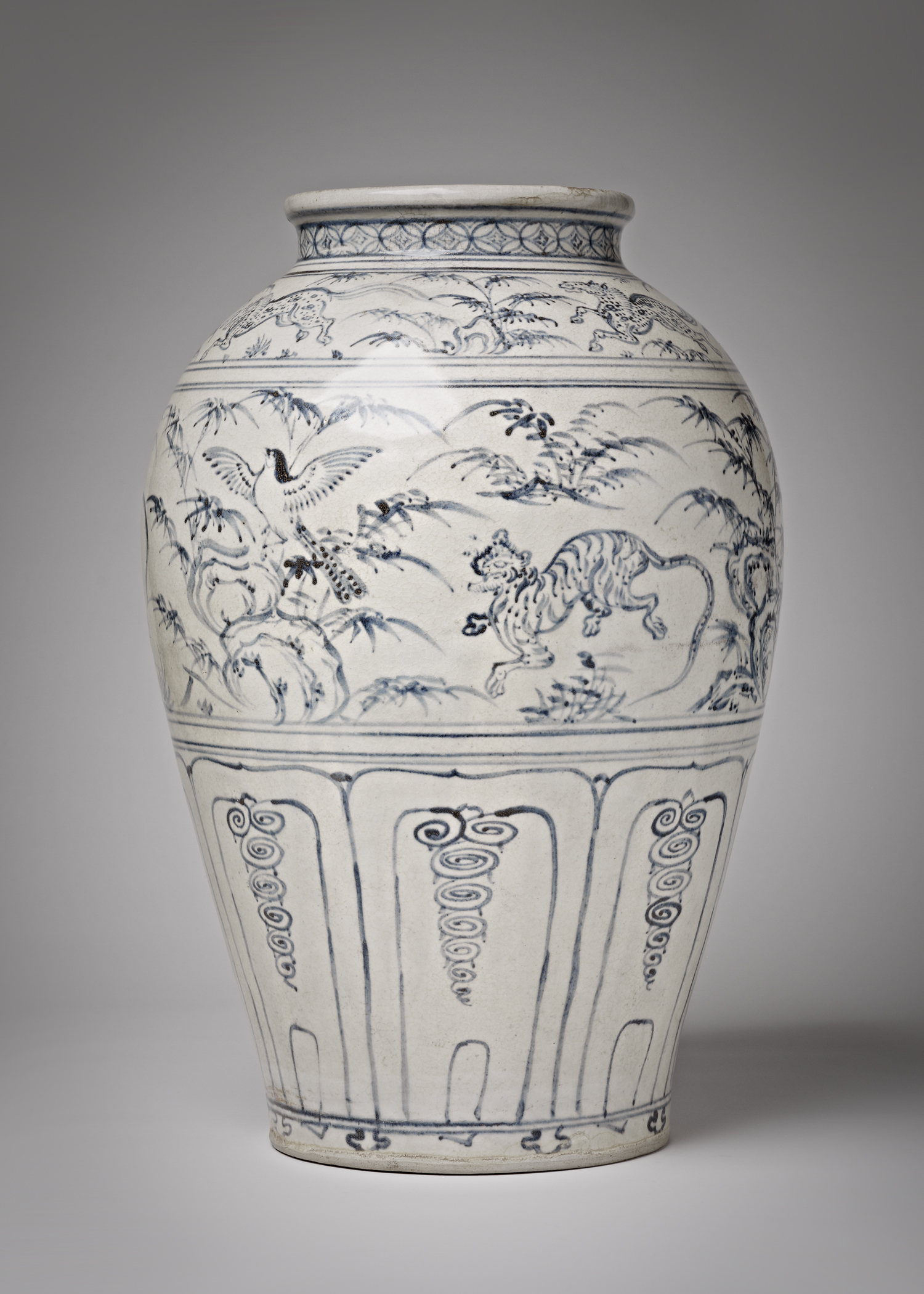 |
At Zetterquist Galleries, 3 East 66th Street, Vietnamese Ceramics will be front and center when the week-long show opens Saturday, September 12. Zetterquist has been concentrating on the field since he first published “Vietnamese Ceramics” in 1995. Garnered from private collections in Japan and the United States, the present collection is well rounded and comprised of pieces from the 10th – 17th centuries. The masterpiece of the exhibition is a large storage jar from the 15th – 16th centuries, with beautifully painted decoration of stalking tigers, horses, deer and birds. Such large and beautifully decorated examples, with fine glaze quality, are typical of pieces that were exported to Indonesia in the 15th century, and very few of this scale remain. |
About Asia Week New York
Held annually in March throughout the metropolitan New York region, Asia Week New York is the collaboration of approximately 40 top-tier international Asian art specialists, 5 major auction houses, 21 museums and Asian cultural institutions. The nine-day celebration, which is scheduled for March 10 to 19, 2016, is filled with a non-stop schedule of simultaneous gallery open houses, Asian art auctions as well as numerous museum exhibitions, lectures, and special events.
Asia Week New York Association, Inc. is a 501(c)6 non-profit trade membership organization registered with the state of New York.
For information about Asia Week New York, visit www.asiaweekny.com
Hi-res jpegs are available upon request or in the Press Images section.
